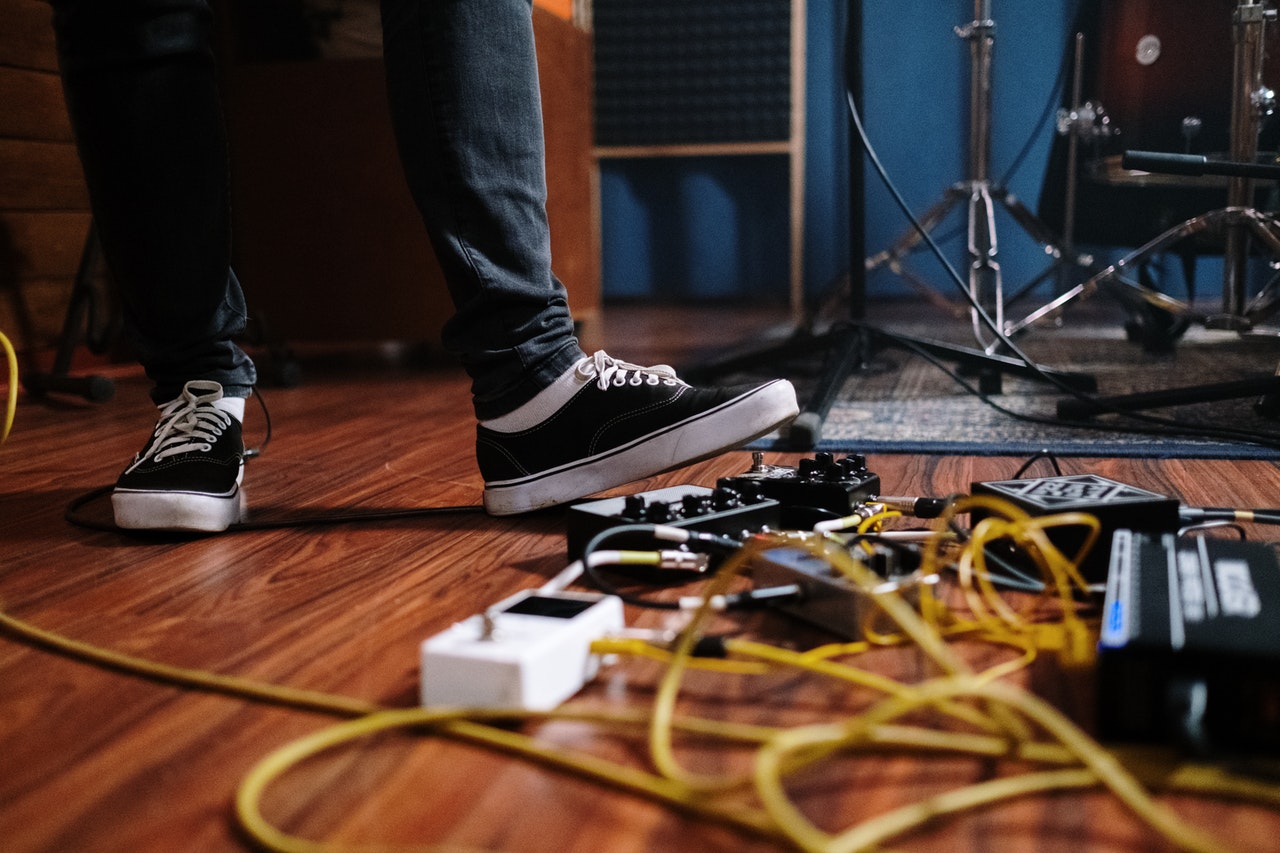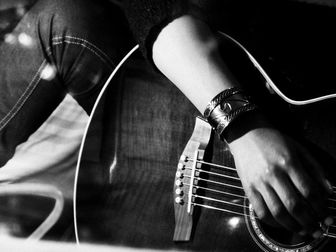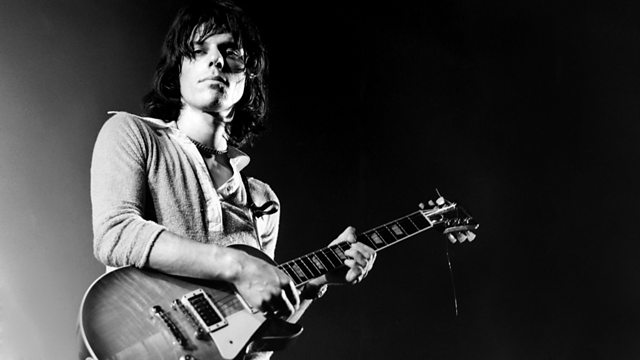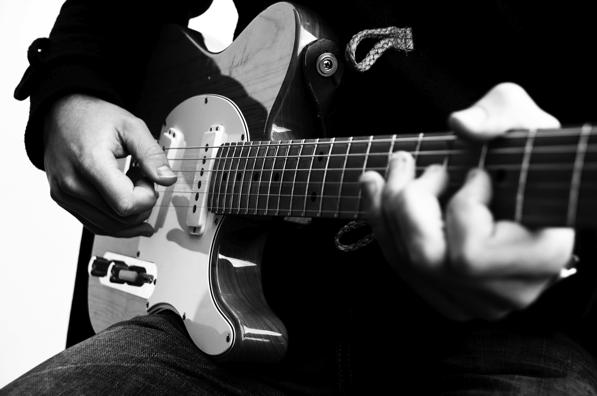You may think learning scales, arpeggios, licks and whatnot will make you a great improviser and don’t get me wrong–these things are the foundations of improvisation–but practicing these things have a kind of ‘limit of usefulness’, if you will. I often get asked how to practice improvisation and my answer is simple: practice improvising.
For example, there are only a certain amount of times you can run a scale before you need to start improvising with it–if your goal is to practice improvisation–otherwise you’re just getting good at/practicing running scales. You may think you’re becoming a better improviser, but in fact you’re becoming better or faster at playing scales. I’m all for good technique, but it’s a delicate balance between technique and musicality; in other words, there’s a time and a place for fast runs or liquid arpeggios.
How to Practice Improvisation – What Doesn’t Work
There’s stuff that guitar teachers generically recommend (which they probably don’t do themselves) that’s supposed to improve your improvisational capabilities. Here are a few culprits:
Learning licks
By learning licks, you’ll become good at… learning licks. It’s always interesting to SEE how other players construct their licks, but copying them note for note is not a great use of your practice time, in my opinion. True improvisation is spontaneous and much the opposite of trying to insert (someone else’s) licks into your solos.
Transcribing/learning solos
I can how this would be appealing, and deconstructing someone else’s solo will give a great insight into THEIR playing. You’ll learn plenty of other skills here, improve your ear, impress others and expose yourself to new techniques, but you’re not practicing the act of improvisation.
Practicing scales/scale sequences
Yes, most people need to learn scales in order to improvise, but there’s a point where this is far from practicing improvisation. Check how well you can play a scale in sequence versus how well you can improvise with it. If there’s a huge void, it’s probably time to stop running scales.
Guitar backing tracks
Notice how most pro players never really recommend using backing tracks. What they do instead is practice improvisation over a beat with just drums or drums and bass. I don’t think I’ve ever gone to a session where someone says, ‘let’s play that Am backing track off YouTube’. Playing over a beat or bass/drums is the closest you’ll get to physically playing with others, as well as listening and reacting to what you’re hearing, which is the essence of improvisation in a band setting.
Playing melodically/create melodies
File under ‘generic advice that’s really hard to actually do’. Of course you’ll want to play melodically, as part of improvising is meeting the audience half-way by giving them (remember you’re playing to mainly non-musicians) something that’s pleasing to the ear. Creating melodies on the fly is extremely hard work. If you want to practice this, you’re better off taking a chord progression and writing a solo for it. Being able to compose a solo then play it is not improvisation per se, but it is a very cool skill to have.
How to Practice Improvisation – What Does Work
I’m with Wayne Krantz on this one, as when it comes to how to practice improvisation, you’ll want to practice the act of improvisation. In other words, just go straight to the guts of it.
Listening to improvisation on other instruments
I’m probably least likely to listen to an improvisation on guitar, and the only guitar players I like to hear improvising are ones that take their influences from other instruments anyway. You want to soak up as many different styles of improvisation and instruments as possible, as it will expand your sense of melody, time and groove, teach you about space, phrasing and a ton of other stuff–and all you have to do is listen attentively while your brain absorbs it all.
Working on your tone
You really want to dial in a comfortable tone to improvise with and one that’s very similar to the tone you’ll use when you improvise for real–with other people. Make sure to turn up so that you still feel ‘in control’ at higher volumes as this will make all the difference psychologically. If you’re not always able to use your own gear, learn how to quickly dial in a nice tone on any amp–you can practice this in any guitar shop.
Playing with other musicians
This is where it all comes together (or doesn’t). In my opinion, if you know you’re going to have to improvise, you should come in with a clean slate, with nothing in your head, so you can listen and react to what everyone else is playing. Rolling up and trying to cram in your newly learned licks won’t cut it, as you’ll be so fixated on using them you won’t be able to actually improvise.
Practicing the act of improvisation
This is as simple as taking four or five notes and seeing what you can come up with over a beat or bass/drums. The rhythmic aspect of improvisation is probably the one that’s most overlooked, and by doing this you’re forcing yourself to combine actually improvising AND making it work rhythmically. Don’t underestimate the power of this as you’ll soon be able to adapt to any groove your hear and know what to play/what not to play.
You can check out how I practice improvising using Wayne’s ideas here.



